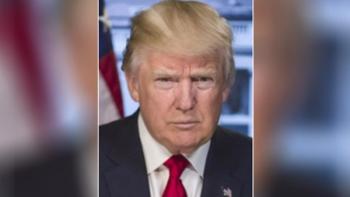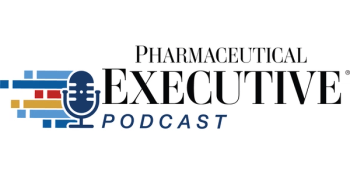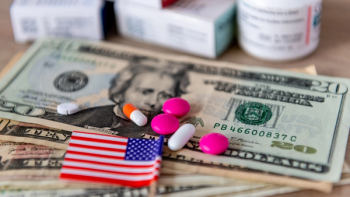
President Trump Warns of 250% Tariffs While Industry Continues to React to MFN Order
Key Takeaways
- President Trump's MFN order and potential tariffs create uncertainty in the pharmaceutical industry, impacting drug pricing strategies.
- Critics argue that the MFN policy and tariffs could undermine U.S. biomedical innovation and competitiveness in the global market.
The industry is facing calls to reduce prices while also bracing for increased tariffs.
It’s a bad time to try to predict future pharmaceutical prices.
President Trump recently published letters to
As the order would suggest, reducing drug prices is a high priority for the President.
However, in a recent interview with CNBC’s Squawk Box,1 President Trump discussed placing tariffs on imported pharmaceuticals. According to him, these tariffs could hit up 250%. Initially, he says that he plans to place a small tariff on pharmaceuticals, but that it could increase over a year to a year-and-a-half. This is the latest chapter in the President’s tariff saga, during which he has pushed for harsh tariffs on a majority of imports only to then back away or delay the tariffs.
While the President has stated a variety of reasons for implementing tariffs, it appears that his plan for the pharmaceutical industry is to have drugs manufactured in the US and then sold to US citizens at a price that reflects his MFN policy.
Experts and industry insiders have criticized this plan on multiple fronts. While most agree that drug prices in the US are too high, many worry about the impact of the President’s specific actions.
In a statement to Pharmaceutical Executive, executive director of No Patient Left Behind (NPLB) Peter Rubin said, “Using a Most-Favored Nation policy to import European price controls undermines the nation’s competitive private market system. U.S. biomedical innovation leadership is essential to making sure new cures reach America’s patients first.
Rubin continued, “The Trump Administration is absolutely correct that we need to address the growing problem of foreign free-riding on U.S.-led biomedical innovation. We can use strength and expertise to negotiate trade deals that open foreign markets and reduce non-tariff access barriers. Right now, these barriers restrict U.S. biopharmaceutical exports and hold back access to the latest innovations.”
Ultimately, the industry faces an uncertain future when it comes to drug pricing. It’s unclear what, if any, tariffs will be placed on which goods from what countries, and how long those tariffs may last for. However, many pharma companies are taking steps to prepare, which includes an increased interest in developing domestic manufacturing sites.
In late July,
In a press release issued at the time, Merck chairman and CEO Robert M. Davis said, “Earlier this month, we were pleased to announce our pending acquisition of Verona Pharma, which augments our portfolio and pipeline and is another example of acting decisively when science and value align. Today, we announced a multiyear optimization initiative that will redirect investment and resources from more mature areas of our business to our burgeoning array of new growth drivers, further enable the transformation of our portfolio, and drive our next chapter of productive, innovation-driven growth. With these actions, I am confident that we are well positioned to generate near- and long-term value for our shareholders and, most importantly, deliver for our patients.”
Sources
- Trump says pharma tariffs could eventually reach up to 250%. CNBC. August 5, 2025.
https://www.cnbc.com/2025/08/05/trump-says-pharma-tariffs-could-eventually-reach-up-to-250percent.html
Newsletter
Lead with insight with the Pharmaceutical Executive newsletter, featuring strategic analysis, leadership trends, and market intelligence for biopharma decision-makers.



